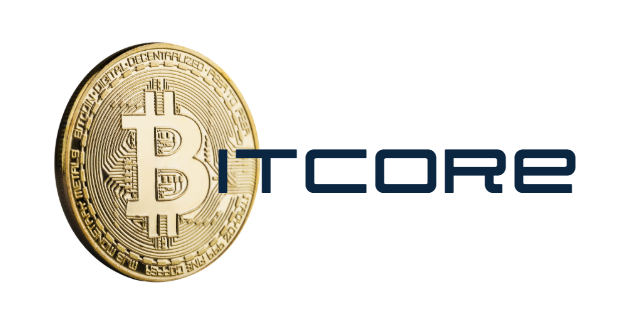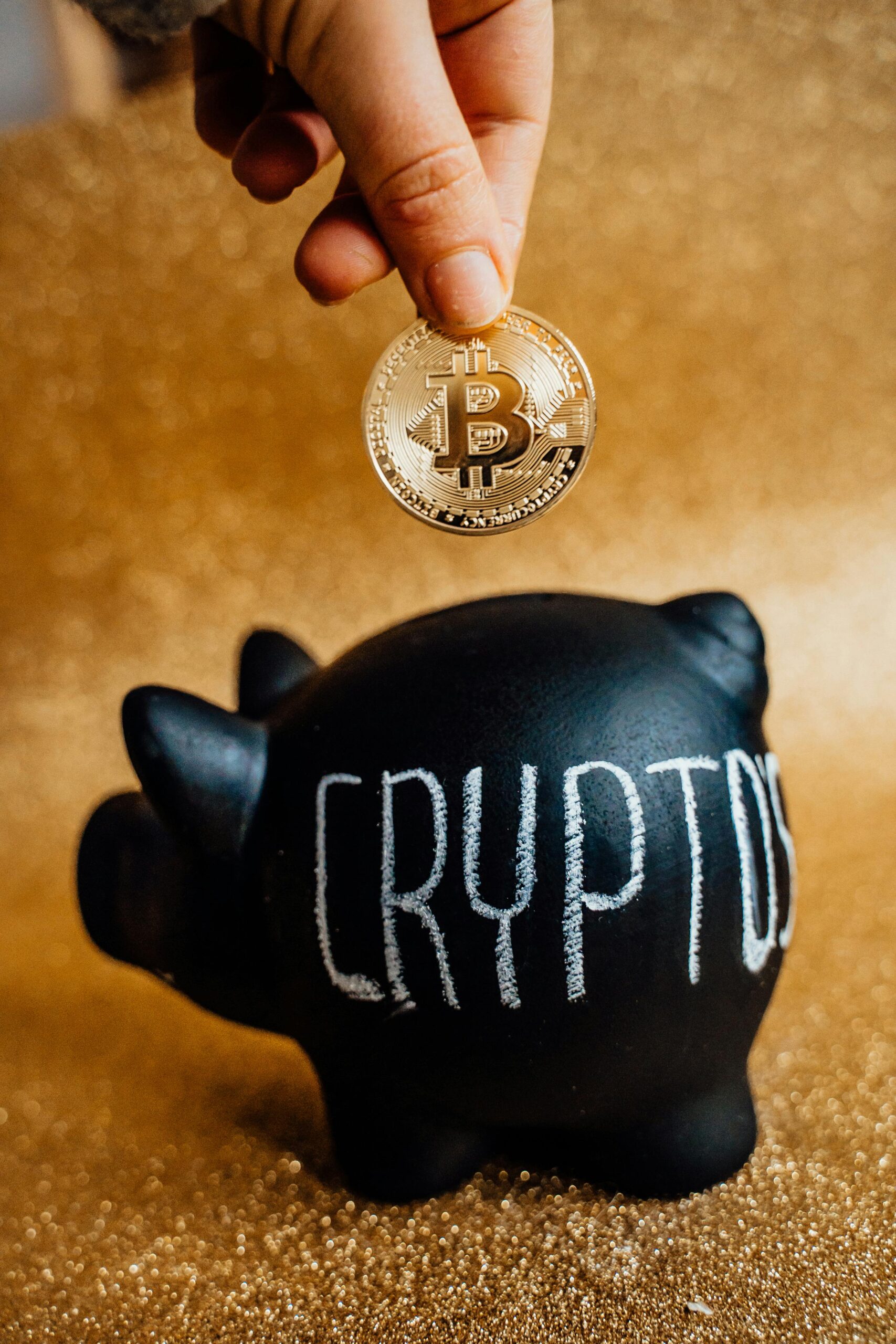When I first heard the term cryptocurrency, I thought it was just another passing tech trend. But the more I explored, the more I realized it’s transforming the way we think about money, technology, and transactions. If you’ve ever wondered what cryptocurrency is or how it works, you’re not alone—I was once in your shoes, overwhelmed by jargon like blockchain, mining, and wallets. That’s why I created this guide—to break down the basics of cryptocurrency in a simple, beginner-friendly way.
What Is Cryptocurrency?
At its core, cryptocurrency is a digital form of money that relies on cryptography for security. Unlike traditional currencies (like the dollar or euro), cryptocurrencies are decentralized, meaning they aren’t controlled by governments or banks. Instead, they operate on peer-to-peer networks using a technology called blockchain (more on that later).
The first and most well-known cryptocurrency, Bitcoin, was created in 2009 by an anonymous figure known as Satoshi Nakamoto. Bitcoin introduced the idea of a secure, decentralized currency that allows people to send money directly to one another without needing an intermediary like a bank.
How Does Cryptocurrency Work?
You might be wondering, If there’s no bank involved, how can digital money be safe and trustworthy? The answer lies in blockchain technology and cryptography.
🔗 What is Blockchain?
Imagine a digital ledger (like a spreadsheet) that records every transaction made with a cryptocurrency. This ledger is called a blockchain because it’s made up of “blocks” of transaction data linked together in a “chain.”
Here’s why it’s so revolutionary:
✅ Decentralized: No single entity controls the blockchain—it’s maintained by a network of computers (called nodes) around the world.
✅ Transparent: Every transaction is visible to anyone who wants to check the blockchain.
✅ Secure: Once a transaction is recorded, it’s nearly impossible to alter or delete, thanks to cryptographic hashing.
🧩 How Do Transactions Work?
Let’s say I want to send you some Bitcoin:
- Transaction Request: I use my crypto wallet (a digital app that holds my cryptocurrencies) to initiate a transfer to your wallet address.
- Verification: The transaction is broadcast to the blockchain network, where miners (or validators in some systems) verify it.
- Block Creation: Verified transactions are grouped into a new block.
- Block Added to Blockchain: The block is added to the blockchain, making the transaction permanent and visible.
- You Receive Funds: Your wallet reflects the new balance—transaction complete!
What Are Crypto Wallets?
You might be thinking, If crypto is digital, how do I store it? That’s where crypto wallets come in. They don’t store cryptocurrency directly; instead, they hold private keys—special codes that give you access to your digital assets.
There are two main types:
🔑 Hot Wallets: Connected to the internet (e.g., mobile apps like MetaMask or Coinbase Wallet). Convenient but more vulnerable to hacks.
❄️ Cold Wallets: Offline storage (like hardware wallets or paper wallets). Less convenient but far more secure for long-term holding.
Why Are People Interested in Cryptocurrency?
When I first got into crypto, I wondered why so many people were excited about it. Here’s what I’ve learned:
🚀 Decentralization: No middlemen or banks—just direct transactions between people.
💸 Global Access: Anyone with an internet connection can use cryptocurrencies, opening financial access to billions.
📈 Investment Potential: Many see crypto as a new asset class with potential for high returns (though it’s risky).
🛡️ Privacy: Certain cryptocurrencies offer more privacy than traditional payment methods.
🌍 Innovation: Technologies like smart contracts and decentralized finance (DeFi) are revolutionizing industries.
Common Types of Cryptocurrencies
While Bitcoin (BTC) is the most famous, thousands of other cryptocurrencies serve various purposes:
- Ethereum (ETH): Supports smart contracts and decentralized apps (dApps).
- Ripple (XRP): Focuses on fast, cross-border payments.
- Litecoin (LTC): A faster, lighter version of Bitcoin.
- Cardano (ADA): Prioritizes sustainability and scalability in blockchain technology.
- Stablecoins (e.g., USDT, USDC): Pegged to traditional currencies like the U.S. dollar for stability.
Is Cryptocurrency Safe?
Cryptocurrencies are secure, but that doesn’t mean they’re risk-free. The technology itself is built on robust cryptographic principles, but user error, scams, and market volatility are real concerns.
💡 Tips for staying safe:
✅ Use secure wallets and strong passwords.
✅ Enable two-factor authentication (2FA).
✅ Never share your private keys.
✅ Do your research before investing in lesser-known coins.
Is Cryptocurrency Right for You?
Cryptocurrency isn’t just for tech enthusiasts or financial experts—it’s becoming increasingly mainstream. Companies are accepting Bitcoin for payments, governments are exploring digital currencies, and blockchain is being used beyond just money.
That said, crypto is volatile and not without risks, especially if you’re investing. If you’re curious about using it for payments or investing, I always recommend starting small and doing plenty of research (and hey, that’s what Bitcore Momentum is here for!).
Final Thoughts: Join the Digital Revolution
Cryptocurrency is changing how we think about money and technology. Whether you’re intrigued by the potential to invest, fascinated by blockchain technology, or just curious about how it all works, you don’t have to be a tech genius to get started.
At Bitcore Momentum, my goal is to make cryptocurrency accessible and understandable. Dive into our guides, ask questions, and explore this exciting world at your own pace. The future of money is here—are you ready to be part of it?







